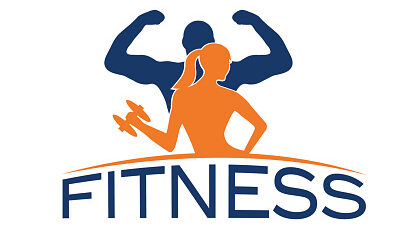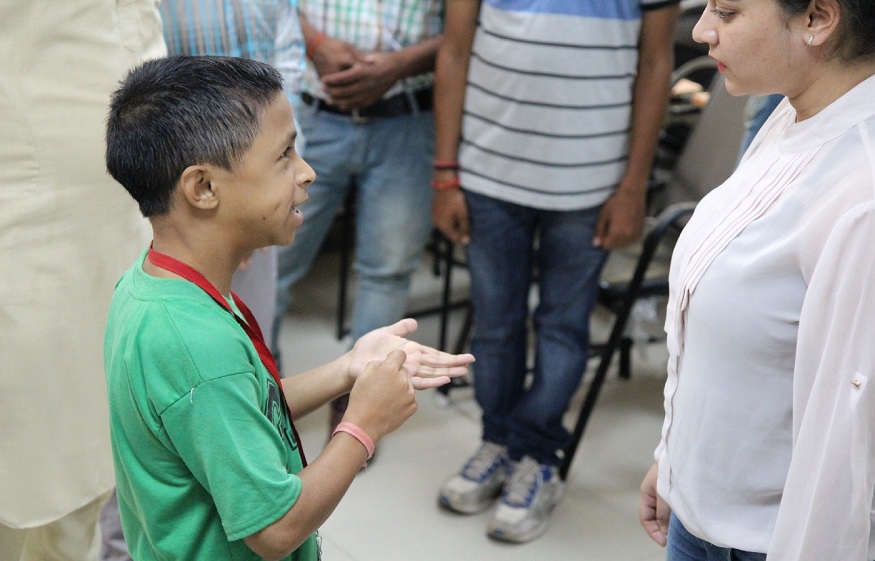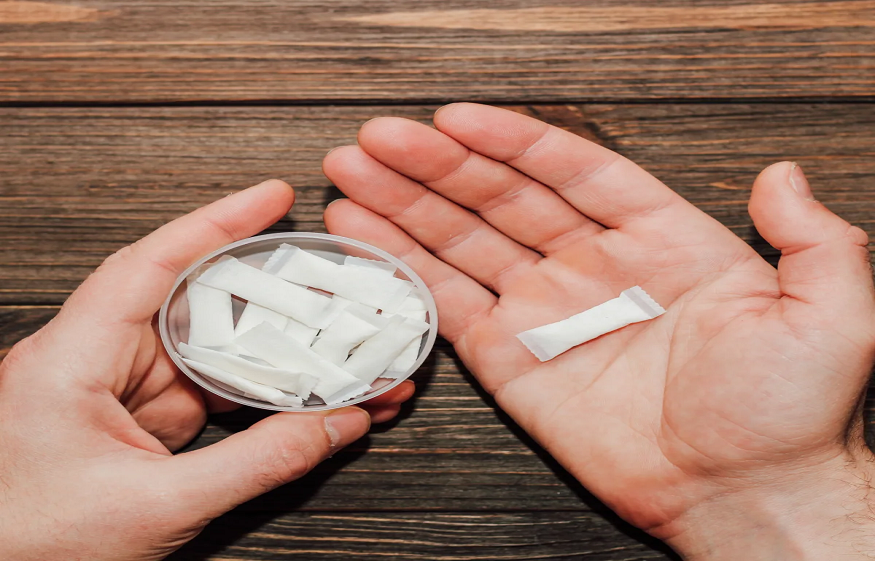Disability awareness for kids
It is a common norm that a majority of the population look for and recognize a child’s disability activities rather than what they can do with their abilities.
Keeping little ones busy is a full-time job. However, having valuable ideas to help you discover your child’s ability is excellent. Disability is not inability.
Be patient and enjoy learning together. Similarly, when you play with your disabled child, you both have fun and discover other abilities which would otherwise go unnoticed. Therefore below are some fine tips and stimulating activities that enable you to bring the best out of your disabled child.
Music therapy
Living with a disability, your mobility, physical capacity, and stamina are greatly affected. Many individuals become disabled at birth or acquire a disability through illness or injury.
Frequently, living with a disabled child can prove difficult as achieving complex tasks becomes extremely frustrating. And if you are stuck day in and day out, it becomes problematic, and you may plunge into depression.
However, music therapy has proven to be the most effective intervention for the disabled and their caregivers. Music helps to improve motor and mental coordination.
On the other hand, music has other health benefits, including decreased depression, reduced anxiety, and managed stress. In addition, music encourages self-expression in kids through a creative outlet.
Medics and other medical practitioners recommend that you engage in the following activities with your child to enhance the impact of music therapy in getting the best out of your child. They include:
- Singing
- Composing songs
- Dancing and
- Playing musical instruments together.
Practicing handwriting or Calligraphy
Although calligraphy is considered a mode of meditation, it is among the most important skills every young one learns before leveraging technology.
Practicing calligraphy has many benefits, especially for disabled kids with limited mobility. It helps a young disabled child to develop bilateral hand skills. This allows the kid to use both hands together to complete different tasks.
The thumb position enables the child to improve muscles and hence help maintain certain functions. In addition, moving a child’s thumb in multiple directions helps to enhance your kid’s coordinated movements.
Engaging your kid in adventurous pursuits
Your child’s disability sometimes confines them. You need to develop other adventurous means to quickly identify and develop their noticeable abilities. Some of those activities include watching, engaging in high ropes Milton Keynes, shark diving, or archery.
However, parents and caregivers should be keener to ensure that kids are safe from injury. Many activities help a child to grow their cognitive abilities and learn to make decisions in the most appropriate way possible depending on how they are disabled.
Conclusion
To best recognize your disabled child’s ability, we recommend that you allow them to go to school. Outdoor activities for schools that include: art and craft therapy, gardening, seated exercise classes, and accessible video games can help you identify the best in your child.
In addition, outdoor school activities that include interaction with other disabled kids boost your child’s self-esteem hence the actual realization of your child’s abilities.



